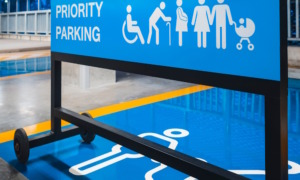Author(s): The Urban Institute
Published: June 19, 2018
Report Intro/Brief:
“States and localities across the United States are increasingly shifting away from incarceration and embracing more rehabilitative, community-based alternatives for justice-involved youth. Between 1999 and 2015, the number of youth detained or placed out of home declined by more than half, leading to hundreds of facility closures. Upon closure,taxpayers are often left funding the maintenance and upkeep of unused facility land while community members and other stakeholders grapple with what to do with these spaces. The vacant facilities bring a range of public health and safety concerns to communities and can be physical reminders of the harmful impact of incarceration. And, if left vacant and unchanged, youth facilities are susceptible to being reopened as correctional facilities, missing the opportunity to contribute to positive local development and meet demonstrated social needs.
This brief examines how former youth prisons can be used for new, economically viable purposes outside the field of corrections and highlights innovative examples of repurposing efforts in six communities. Drawing from qualitative interviews with stakeholders involved in repurposing efforts, it provides an overview of lessons learned and key considerations for transforming former youth prisons into sustainable economic developments designed to benefit communities. In this brief, “youth prisons” includes both correctional facilities where youth are placed after disposition and detention centers where youth are held while they await trial.”
>>> CLICK HERE to see all of Youth Today’s REPORT LIBRARY




























